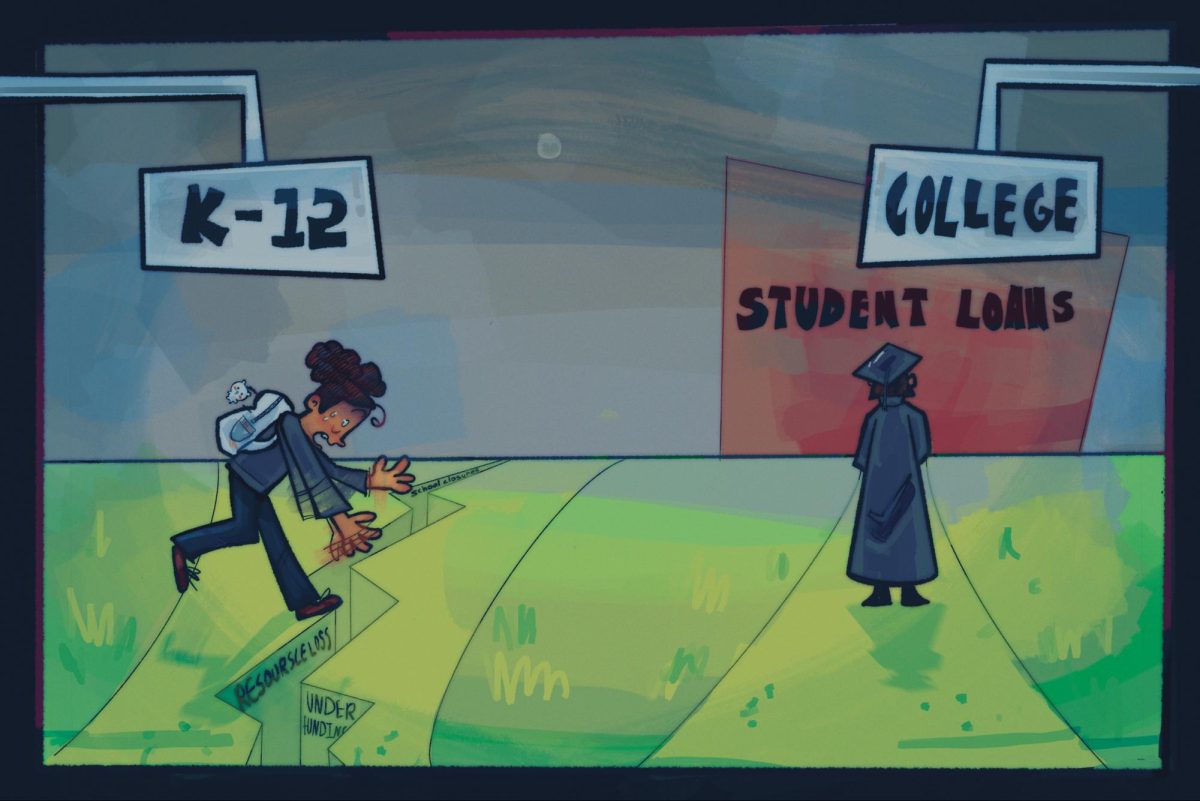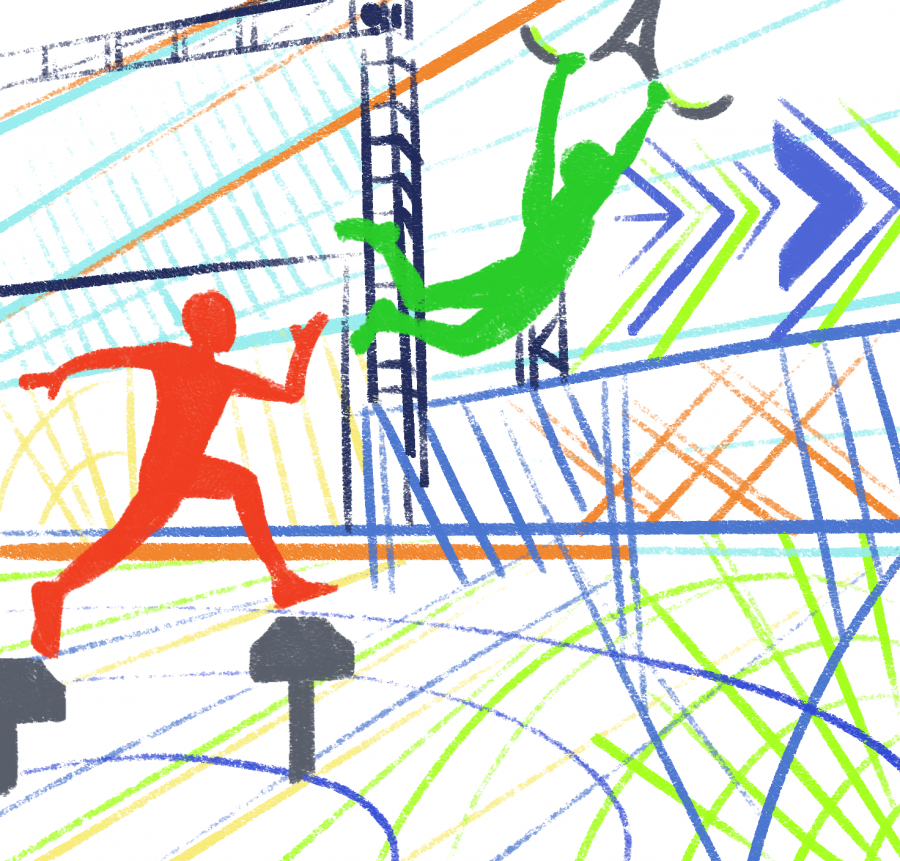Buzzing in on American Ninja Warrior
January 7, 2021
As the Emmy Award-nominated competition show American Ninja Warrior (ANW) approaches its 13th season, both the show’s loyal and new fans are asking: What is it about ANW that makes it so popular in mainstream media?
Competitors are chosen by applying to be on the show or winning a walk-on lottery, giving them the first taste of what it takes to become a Ninja in the city qualifiers. The top 30-35 competitors advance to the regional finals, where the competitive pool thins to 13-15 Ninjas that have the fastest finishing time among all regions. Then these Ninjas continue on to the national finals. At this final match of the show, Ninjas must complete four obstacle courses far more difficult than the other rounds in order to reach the prize of a million dollars and earn the title of “Grand Champion.” If more than one Ninja completes the first three finals obstacle courses, the competitor who completes the final course—a strenuous 75-foot vertical rope climb—the fastest is declared winner, winning prize money of 100,000 dollars.
As is commonplace in other reality shows, the competitors’ histories are depicted through background segments, instilling a sense of tension and drama in the show’s otherwise straightforward concept. Throughout the seasons, an occurring theme in ANW seems to be the diversity in its competitors: Some contestants are fresh out of high school while others are personal trainers, lawyers or artists, and even legally blind Ninjas or those with mental illnesses. Accentuating the differences in competitors’ personalities, upbringings and past struggles is at the core of this show, and its creators enthrall the audience with a vast spectrum of interesting stories and backgrounds. This leads to the showrunners purposefully cutting out the majority of contestants for television, focusing on 20-30 of the most interesting, inspiring Ninjas while around 130 people actually run the course.
ANW’s popularity has prompted media outlets like Wall Street Journal to wonder if the game show could possibly edge out traditional sports. But really, the answer is no. The show has consistently put up an average viewership of five to six million viewers each season, which pales in comparison to the NFL’s average of 16.5 million viewers as per CNBC. Baseball and basketball both fall behind in viewership to ANW, but the quantity of sports games means there is less incentive for viewers to watch every game. Still, regardless of the viewership, it is a stretch to believe that traditional sports will become obsolete in the face of a game show. Traditional sports will likely remain in the entertainment sphere as they have for so long, even with ANW airing alongside it.
ANW has been a staple on television for its feel-good themes of inclusivity and unconventional approach to sporting events. It’s an entertaining watch filled with tense moments, and with Season 13 contestant applications now open, aspiring Ninjas are mentally and physically training themselves to become the next American Ninja Warrior, perhaps weaving an interesting backstory to give themselves an extra edge.



























































